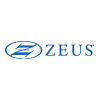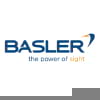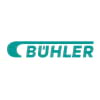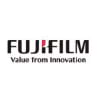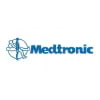Global Industrial IoT Market, By Technology (Sensors, Industrial Robotics, Cameras, Distributed Control System, GPS/GNSS, Networking Technology, RFID, Interface Board, Condition Monitoring, Yield Monitoring, Smart Meters, Smart Beacon, Flow & Application, Control Device, Guidance & Steering, and Electronic Shelf Label), Application (SCADA, MES, PLM, Distribution Management System, Transit Management System, Outage Management System, Visualization Software, Remote Patient Monitoring, Retail Management Software, Farm Management System And Others), Connectivity (Wired, Wireless And Hybrid), End Use (Manufacturing, Transportation & Logistics, Energy, Oil & Gas, Metal & Mining, Healthcare, Retail, Agriculture, and Others) Industry Trends and Forecast to 2029.
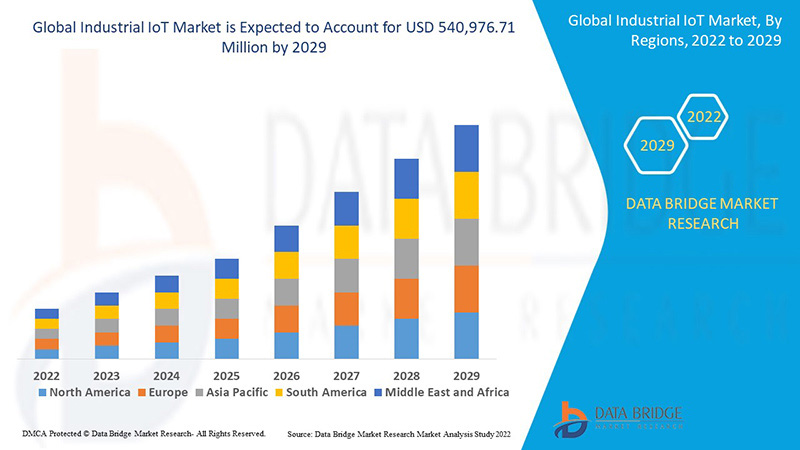
Industrial IoT Market Analysis and Size
Increased use of the industrial IoT market due to the adoption of artificial intelligence (AI) and machine learning (ML) in the end user industry is also driving the market's growth. The higher probability of device theft and data breaches is expected to restrain the industrial IoT market. Growing internet penetration and digitalization across the globe are an opportunity for the industrial IoT market. High installation costs and difficulties in integrating IoT devices are challenging the global industrial IoT market.
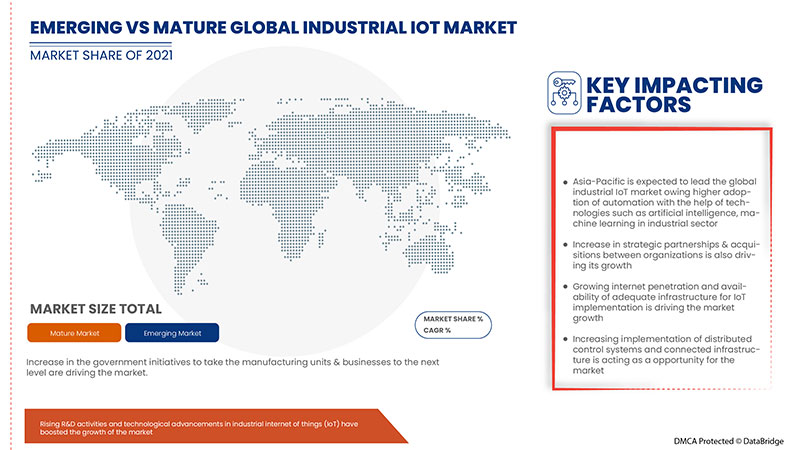
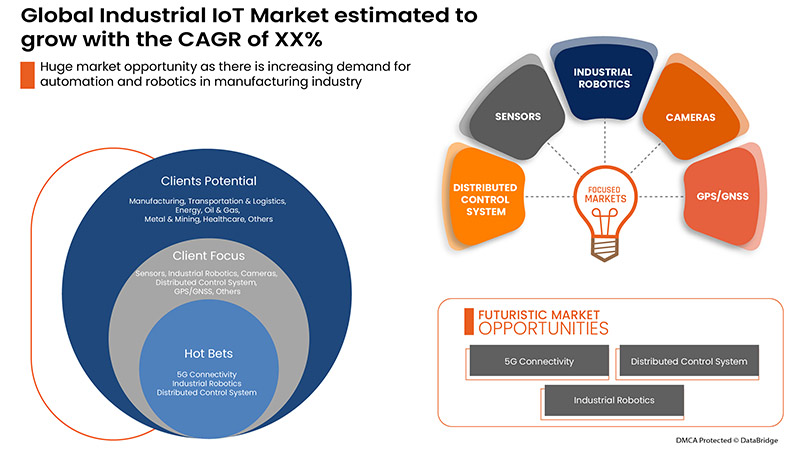
Data Bridge Market Research analyses that the global industrial IoT market is expected to reach a value of USD 540,976.71 million by 2029, at a CAGR of 10.1% during the forecast period. "Sensors" accounts for the most prominent technology segment as this type of technology is in demand and is the best option to extract information from industrial components. The industrial IoT market report also covers pricing analysis, patent analysis, and technological advancements in depth.
|
Report Metric |
Details |
|
Forecast Period |
2022 to 2029 |
|
Base Year |
2021 |
|
Historic Years |
2020 (Customizable to 2019-2014) |
|
Quantitative Units |
Revenue in USD Million, Volumes in Units, Pricing in USD |
|
Segments Covered |
By Technology (Sensors, Industrial Robotics, Cameras, Distributed Control System, GPS/GNSS, Networking Technology, RFID, Interface Board, Condition Monitoring, Yield Monitoring, Smart Meters, Smart Beacon, Flow & Application Control Device, Guidance & Steering And Electronic Shelf Label), Application (SCADA, MES, PLM, Distribution Management System, Transit Management System, Outage Management System, Visualization Software, Remote Patient Monitoring, Retail Management Software, Farm Management System And Others), Connectivity (Wired, Wireless And Hybrid), End Use (Manufacturing, Transportation & Logistics, Energy, Oil & Gas, Metal & Mining, Healthcare, Retail, Agriculture and Others)– Industry Trends and Forecast to 2029 |
|
Countries Covered |
U.S., Canada, and Mexico in North America, Germany, France, U.K., Netherlands, Switzerland, Belgium, Russia, Italy, Spain, Turkey, Rest of Europe in Europe, China, Japan, India, South Korea, Singapore, Malaysia, Australia, Thailand, Indonesia, Philippines, Rest of Asia-Pacific (APAC) in the Asia-Pacific (APAC), Saudi Arabia, U.A.E, South Africa, Egypt, Israel, Rest of Middle East and Africa, Brazil, Argentina, and Rest of South America |
|
Market Players Covered |
Cisco Systems, Inc., Siemens. General Electric, IBM Corporation, Intel Corporation, PTC, Honeywell International Inc., NEC Corporation, Rockwell Automation, ABB, SAP SE, Texas Instruments Incorporated, Robert Bosch GmbH, Emerson Electric Co., Microsoft, KUKA AG, Sigfox Network Limited (a subsidiary of UnaBiz), Wipro, Arm Limited (a subsidiary of Softbank Group Corp.) and Huawei Technologies Co., Ltd., among others |
Market Definition
The extension and application of the internet of things (IoT) in industrial sectors and applications are referred to as the industrial internet of things (IIoT). The Machine-to-Machine (M2M) Internet of Things (IIoT) enables businesses and industries to operate more efficiently and reliably because of its strong emphasis on M2M connectivity, big data, and machine learning. Industrial applications such as robotics, medical technology, and software-defined production processes are all included in the IIoT.
Industrial IoT Market Dynamics
This section deals with understanding the market drivers, advantages, opportunities, restraints, and challenges. All of this is discussed in detail below:
Drivers
- Increase in adoption of artificial intelligence (AI) and machine learning (ML) in end user industry
The popularity of AI and ML is increasing year over year in various industries such as manufacturing, healthcare, energy, oil & gas, and many others. Most of these industries adopt the technology to increase working efficiency, automate the service delivery process, and modernize the offerings, which has gained an important role in competing with competitors in the market. Thus, the rising trend of AI & ML adoption is a major driver of the growth of the global industrial IoT market.
- Surge in implementation of sensors and distributed control systems in business operations
The adoption of sensors and distributed control system will help control and manage the work process and automate the management process for all industrial processes. Thus, the demand for implementing sensors and DCS in various business operations will increase yearly. Thus, globally, the need for sensors and DCS is increasing due to multiple advantages associated with the implementation, which promotes the growth of the global industrial IoT market and acts as a driver for the development of the market.
- Increase in the need for real-time data solutions and services
The real-time data solutions require a wide range of electronic devices, and majorly the demand for IoT devices is expected to increase because to support the real-time data analysis in business operations to support the quick understanding of data and guide the decisions to deliver products or services to customers. Thus, there is high demand for the adoption of real-time solutions which directly involve the usage of IoT devices for industries. Therefore, it is expected to be a major driver of market growth.
Restraints/ Challenges
- Lack of skilled labor and training sessions
Adopting IoT solutions for industries is not quick and easy; it involves detailed visualization and an adequate method of automating the sector. Therefore, end users need more time and labor to adopt the solutions and train the employees to understand the process and maintenance.
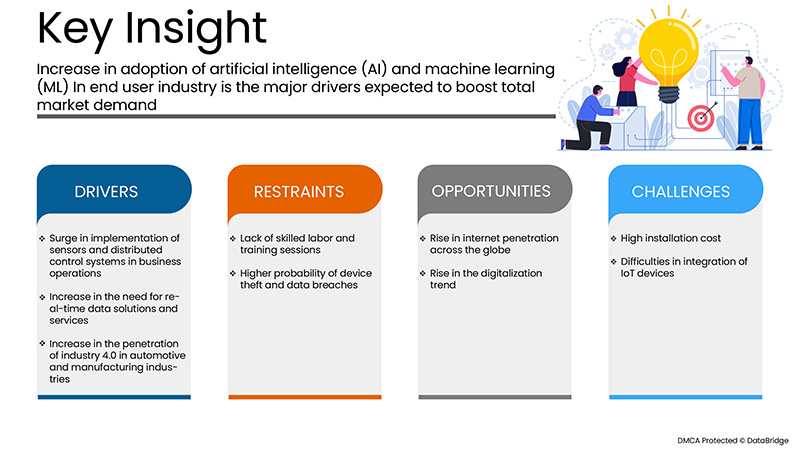
- Higher probability of device theft and data breaches
The dependability of the IT climate suggests getting the plant's resources, organization, and information created by these associated gadgets. Reliability is more responsible for adopting digitalization in business operations; however, there is a high probability of safety disadvantages.
- Rise in the technical complexities due to day-by-day technological advancement
Flexible security is one thought for giving medical care, instruction, and lodging help, whether somebody is officially utilized. Furthermore, action records can back deep-rooted training and laborer retraining. Regardless of how individuals decide to invest energy, there should be ways for individuals to live satisfying lives irrespective of whether society needs fewer specialists. Thus, continuous technological advancement will lead to constant employee training and hinder the market growth.
Post COVID-19 Impact on Industrial IoT market
COVID-19 significantly impacted the industrial IoT market as almost every country has opted for the shutdown for every production facility except those producing essential goods. The government has taken strict actions, such as shutting down production and sale of non-essential goods, blocking international trade, and many more, to prevent the spread of COVID-19. The only business dealing in this pandemic situation is the essential services allowed to open and run the processes.
The growth of the industrial IoT market is rising due to the digitalization in the production process and supply chains across agriculture, electrical utilities, mining, oil and gas, and transportation. Moreover, the IoT adoption in industries had huge progress from 2020 to 2021 as the pandemic demonstrated the importance of IoT in all types of businesses. The surge in demand for automation to avoid the involvement of a maximum workforce has driven the adoption of IoT in industries. This replicates the positive impact of COVID-19 on the IIoT market, which has further catalyzed the business through adopting industry 4.0 technologies.
Manufacturers are making various strategic decisions to bounce back post-COVID-19. The players are conducting multiple research and development activities to improve the technology in the industrial IoT market. The companies will bring advanced and accurate solutions to the market.
Recent Development
- In March 2022, Cisco Systems, Inc. developed an advanced IoT Control Center platform to help improve service reliability and reduce operational costs. This development will help the company diversify its solution portfolio and offers better quality solutions
- In April 2022, Arm Limited introduced two new solutions, Arm Cortex-M85 and Cortex-A. These new products and solutions will help the company offer better solutions to customers, attracting new customers and accelerating revenue growth
Global Industrial IoT Market Scope
The industrial IoT market is segmented based on technology, application, connectivity, and end use. The growth amongst these segments will help you analyze meagre growth segments in the industries and provide the users with a valuable market overview and market insights to help them make strategic decisions for identifying core market applications.
By Technology
- Sensors
- Industrial Robotics
- Cameras
- Distributed Control System
- GPS/GNSS
- Networking Technology
- RFID
- Interface Board
- Condition Monitoring
- Yield Monitoring
- Smart Meters
- Smart Beacon
- Flow & Application Control Device
- Guidance & Steering
- Electronic Shelf Label
On the basis of technology, the global industrial IoT market is segmented into sensors, industrial robotics, cameras, distributed control system, GPS/GNSS, networking technology, RFID, interface board, condition monitoring, yield monitoring, smart meters, smart beacon, flow & application control device, guidance & steering, and electronic shelf label
By Application
- SCADA
- MES
- PLM
- Distribution Management System
- Transit Management System
- Outage Management System
- Visualization Software
- Remote Patient Monitoring
- Retail Management Software
- Farm Management System
- Others
On the basis of application, the global industrial IoT market has been segmented into SCADA, MES, PLM, distribution management system, transit management system, outage management system, visualization software, remote patient monitoring, retail management software, farm management system, and others
By Connectivity
- Wired
- Wireless
- Hybrid
On the basis of connectivity, the global industrial IoT market has been segmented into wired, wireless, and hybrid
By End-Use
- Manufacturing
- Transportation & Logistics
- Energy
- Oil & Gas
- Metal & Mining
- Healthcare
- Retail
- Agriculture
- Others
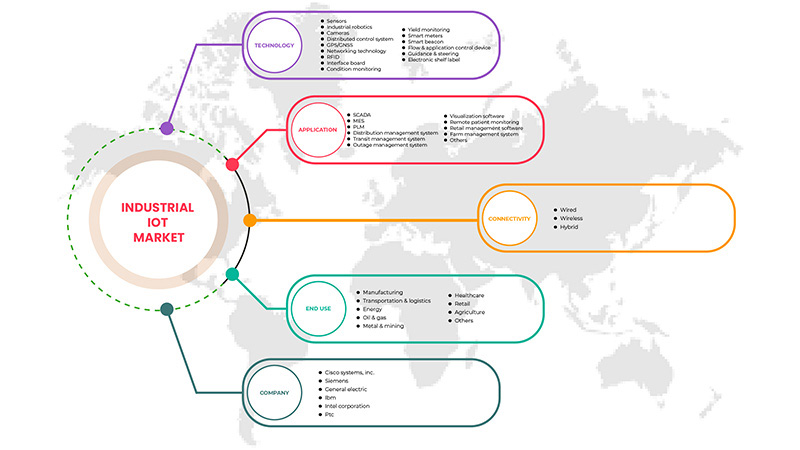
On the basis of End-Use, the global industrial IoT market has been segmented into manufacturing, transportation & logistics, energy, oil & gas, metal & mining, healthcare, retail, agriculture, and others
Industrial IoT Market Regional Analysis/Insights
The industrial IoT market is analyzed, and market size insights and trends are provided by country, technology, application, connectivity, and end-use, as referenced above.
The countries covered in the industrial IoT market report are U.S., Canada, and Mexico in North America, Germany, France, U.K., Netherlands, Switzerland, Belgium, Russia, Italy, Spain, Turkey, rest of Europe in Europe, China, Japan, India, South Korea, Singapore, Malaysia, Australia, Thailand, Indonesia, Philippines, rest of Asia-Pacific (APAC) in the Asia-Pacific (APAC), Saudi Arabia, U.A.E, South Africa, Egypt, Israel, rest of Middle East and Africa (MEA) as a part of Middle East and Africa (MEA), Brazil, Argentina, and rest of South America as part of South America.
Asia-Pacific dominates the industrial IoT market. Asia-Pacific is likely to be the fastest-growing global industrial IoT market. The Asia-Pacific industrial IoT market is expected to be the fastest-growing worldwide. The increasing development in the country's number of manufacturing companies and increasing demand for automation will boost the demand for industrial IoT market products in the Asia-Pacific region.
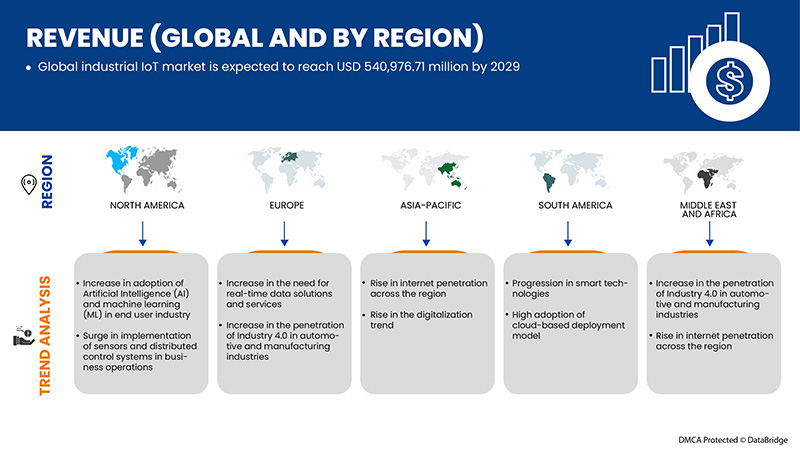
The country section of the report also provides individual market-impacting factors and market regulation changes that impact the market's current and future trends. Data points like downstream and upstream value chain analysis, technical trends, porter's five forces analysis, and case studies are some of the pointers used to forecast the market scenario for individual countries. Also, the presence and availability of global brands and their challenges faced due to large or scarce competition from local and domestic brands, the impact of domestic tariffs, and trade routes are considered while providing forecast analysis of the country data.
Competitive Landscape and Industrial IoT Market Share Analysis
The industrial IoT market competitive landscape provides details by competitor. Details included are company overview, company financials, revenue generated, market potential, investment in research and development, new market initiatives, global presence, production sites and facilities, production capacities, company strengths and weaknesses, product launch, product width and breadth, application dominance. The above data points provided are only related to the companies' focus related to industrial IoT market.
Some of the major players operating in the industrial IoT market are:
- Cisco Systems, Inc.
- Siemens
- General Electric
- IBM Corporation
- Intel Corporation
- PTC
- Honeywell International Inc.
- NEC Corporation
- Rockwell Automation, Inc.
- ABB
- SAP SE
- Texas Instruments Incorporated
- Robert Bosch GmbH
- Emerson Electric Co.
- Microsoft
- KUKA AG
- Sigfox Partner Network (a subsidiary of UnaBiz)
- Wipro
- Arm Limited (a subsidiary of Softbank Group Corp.)
- Huawei Technologies Co., Ltd.
SKU-





